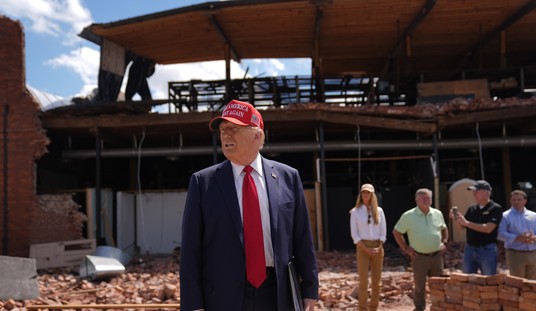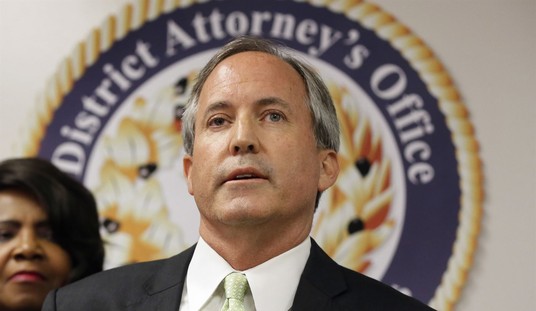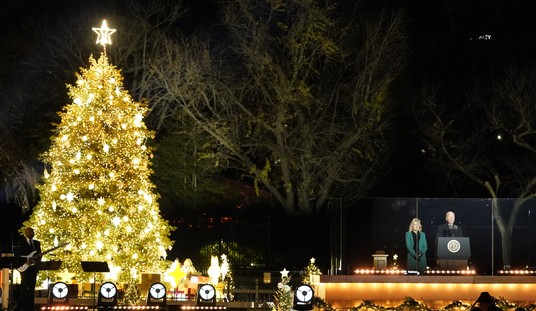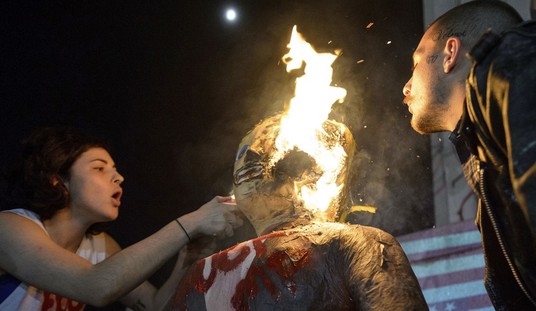Today, a federal judge ruled that California’s 10-day waiting period is unconstitutional. Gun owners Jeffrey Silvester and Brandon Combs, along with Calguns Foundation and the Second Amendment Fondation, challenged the law, saying that the 10-day waiting period adds additional costs and disruptions preventing them from exercising their constitutional Second Amendment rights (via Calguns Foundation):
In the decision released this morning, Federal Eastern District of California Senior Judge Anthony W. Ishii, appointed to the bench by President Bill Clinton, found that “the 10-day waiting periods of Penal Code [sections 26815(a) and 27540(a)] violate the Second Amendment” as applied to members of certain classifications, like Silvester and Combs, and “burdens the Second Amendment rights of the Plaintiffs.”
“This is a great win for Second Amendment civil rights and common sense,” said Jeff Silvester, the named individual plaintiff. “I couldn’t be happier with how this case turned out.”
Under the court order, the California Department of Justice (DOJ) must change its systems to accommodate the unobstructed release of guns to gun buyers who pass a background check and possess a California license to carry a handgun, or who hold a “Certificate of Eligibility” issued by the DOJ and already possess at least one firearm known to the state.
Additionally, Judge Ishii said that the defendant, California Attorney General Kamala Harris, had to “show that the 10-day waiting period either falls outside the scope of Second Amendment protections as historically understood or fits within one of several categories of longstanding regulations that are presumptively lawful.” The State of California failed in that exercise.
From the ruling, it said [emphasis mine]:
Recommended
First, in terms of relevant historical understandings, Defendant has not established that waiting period laws were understood to be outside the protections of the Second Amendment. Defendant has cited no statutes or regulations around 1791or 1868 that imposed waiting periods between the time of purchase and the time of delivery. Nor has Defendant cited historical materials or books that discuss waiting periods or attitudes towards waiting periods between 1791and 1868. There is no evidence to suggest that waiting periods imposed by the government would have been accepted and understood to be permissible under the Second Amendment. Cf.Peruta, 742 F.3d at1153-66.Second, in terms of Heller?s longstanding presumptively lawful regulations, Defendant has not established that the 10-day waiting period is a presumptively lawful longstanding regulatory measure that imposes a condition and qualification on the commercial sale of a firearm.
…
Moreover, Defendant has not established that the waiting period law is sufficiently “longstanding” to be entitled to a presumption of lawfulness. Included in the concept of a “longstanding and presumptively lawful regulation” is that the regulation has long been accepted and is rooted in history. See N.R.A., 700 F.3d at 196; United States v. Rene E., 583 F.3d 8, 12 (1st Cir. 2008). It is true that California has had some form of a waiting period since 1923. However, as described above, the Court is aware of no waiting period laws in any states during the time periods around 1791 and 1868. Consistent with these historical periods, currently only ten states impose a waiting period between the time of purchase and the time of delivery of a firearm. Waiting period laws did not exist near the time of adoption of the Second and Fourteenth Amendments, and they are not common now. That one state may have had some form of regulation for a significant period of time is insufficient for the Court to conclude that the law has been so generally accepted that it is presumptively lawful. Cf.N.R.A., 700 F.3d at 196 (“. . . a longstanding measure that harmonizes with the history and tradition of arms regulation in this country would not threaten the core of the Second Amendment guarantee.”).Further, the 10-day waiting period at issue was not imposed until 1996, and it was not until 1975 that California began to impose a waiting period that extended to double digits (15 days). Prior to 1975, the waiting period was 5 days. The waiting period that was in effect the longest in California was the 1-day waiting period between 1923 and 1955for handguns, and there is an indication that the law was not applied to all transactions. Imposition of waiting periods beyond a “single digit” period is a recent development.
Cf.Church of the Am. KKK v. City of Gary, 334 F.3d 676, 682-83(7th Cir. 2003)(noting that 30-day advance notice requirement to obtain a permit was reasonable under the circumstances of one case, but that a 45-day advance notice requirement was a substantially longer period and not reasonable). Finally, the waiting period at issue applies to all firearms. Prior to 1991, the waiting period applied only to handguns. Although the 1996 waiting period is shorter in duration than the 15-day period imposed in 1975, the 1996/1991waiting period is wider in scope. Applying a waiting period to all firearms is a recent development. In essence, Defendant has simply pointed to the fact that California has had some form of waiting period since 1923. That is not enough.
The 10-day waiting period burdens the Second Amendment rights of the Plaintiffs.
The ruling also applied to those who have passed a background check and have a valid concealed carry permit.
























Join the conversation as a VIP Member